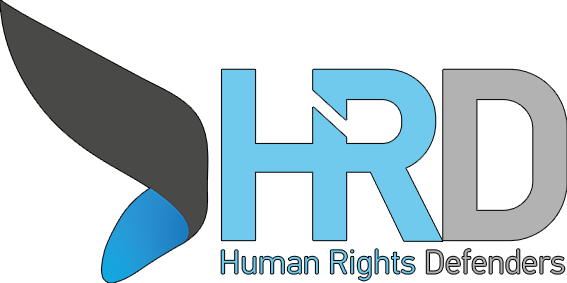Migration and integration sit at the heart of the EU’s fundamental rights project—and also at its deepest moral tension. The EU Charter of Fundamental Rights binds all EU institutions and Member States (when implementing EU law) to uphold the dignity, equality, and fair treatment of every person, regardless of nationality or migration status. Yet, this ideal often collides with political realities at Europe’s borders.
Let’s map the architecture first, then the friction points.
1. The Legal Bedrock: Human Dignity and Asylum Rights
The Charter’s Article 1 declares human dignity inviolable. From that principle flows the entire rights logic for migrants, asylum seekers, and refugees.
– Article 18 guarantees the right to asylum consistent with the 1951 Geneva Convention.
– Article 19 prohibits collective expulsions and refoulement (sending someone back to a country where they face persecution).
– Articles 4 and 47 protect against inhuman treatment and ensure access to justice—critical in detention or deportation cases.
The EU’s Common European Asylum System (CEAS) operationalizes these norms through directives:
• the Asylum Procedures Directive,
• the Reception Conditions Directive,
• and the Qualification Directive (defining who qualifies as a refugee or beneficiary of subsidiary protection).
All are designed—at least on paper—to translate fundamental rights into administrative practice.
2. Equality and Non-Discrimination
Article 21 of the Charter forbids discrimination on grounds such as race, ethnic origin, or nationality. The Racial Equality Directive (2000/43/EC) extends this protection to employment, housing, and education, covering both citizens and lawfully residing third-country nationals. Even irregular migrants retain the baseline protection of human dignity and access to emergency healthcare and justice.
3. Integration as a Fundamental Rights Imperative
Integration is not charity—it’s the realization of equality and participation rights. The EU Action Plan on Integration and Inclusion (2021–2027) frames integration through four pillars: education, employment, health, and housing. It emphasizes intersectionality: women migrants, unaccompanied minors, and persons with disabilities face compounded barriers.
In fundamental rights terms, integration means removing structural discrimination so newcomers can exercise their Charter rights on equal footing with citizens.
4. Border Management and the Rule of Law
Here the friction sharpens. The Frontex border agency and Member State authorities must act under Articles 2 and 6 TEU and the Charter, but pushbacks and arbitrary detentions persist. The European Court of Human Rights and the CJEU have both ruled against collective expulsions (e.g., Hirsi Jamaa v. Italy, N.D. & N.T. v. Spain), reaffirming that border control never suspends human dignity.
5. Civic Participation and Belonging
Integration also has a democratic dimension. Under Article 12, everyone in the EU has freedom of association, enabling migrants to form or join NGOs and trade unions. The EU Citizenship Directive (2004/38/EC) secures free movement and residence for EU nationals and their families, but many Member States now experiment with extending local voting rights or civic participation platforms to third-country residents—reflecting a slow cultural shift toward inclusive citizenship.
6. Data and Discourse
The Fundamental Rights Agency (FRA) produces comparative data on discrimination, hate crime, and migrant integration. Its findings reveal persistent under-reporting and systemic bias, especially in policing and housing. Combating hate speech (under the Framework Decision 2008/913/JHA and the Digital Services Act) directly protects migrants’ dignity online and offline.
7. The Human Rights–Security Paradox
The EU’s migration policy constantly oscillates between protection and control. The New Pact on Migration and Asylum seeks faster border procedures and solidarity mechanisms for relocation, but human-rights observers warn that accelerated screening risks undermining procedural guarantees. The EU’s own Ombudsman and FRA stress that efficiency cannot replace legality.
In essence:
From a fundamental rights perspective, migration and integration are tests of Europe’s moral consistency. The EU Charter does not distinguish between “citizen” and “foreigner” when it comes to dignity. Integration, therefore, is not assimilation—it is the institutional practice of equality, ensuring that every person within EU jurisdiction enjoys the same core rights to safety, justice, and participation.
For a project like FRNETWORK, this perspective means that documenting and mapping violations against migrants—hate speech, discrimination in services, denial of asylum rights—isn’t just advocacy. It’s empirical monitoring of how faithfully Europe lives up to its own constitutional promise.



No comment yet, add your voice below!